Stay Ahead of the Curve
Latest AI news, expert analysis, bold opinions, and key trends — delivered to your inbox.
OpenAI Just Dropped o3 & o4-mini: The Smartest Reasoners Yet
3 min read OpenAI just launched o3 and o4-mini—its smartest AI models yet. They reason, use tools, generate code, and even *think with images*. Paired with a new open-source coding agent, this might be the biggest leap toward AGI we've seen so far. April 17, 2025 18:51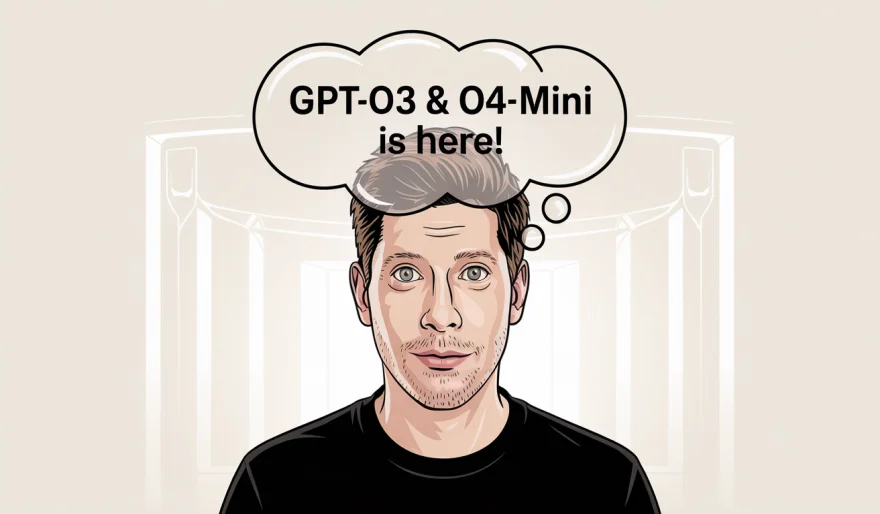
OpenAI just raised the bar again. The release of o3 and o4-mini marks a huge leap in AI reasoning—now with tool access, multimodal thinking, and even the ability to reason with images. And that’s not all…
The Details:
-
o3 is now OpenAI’s top-tier model, delivering state-of-the-art performance in math, science, coding, and multimodal reasoning.
-
o4-mini is smaller but shockingly smart—faster, cheaper, and outperforming all previous "mini" models, including on advanced math benchmarks like AIME 2025.
-
Both models are fully agentic—they can use web search, Python, image generation, and more, chaining tools together as part of their thought process.
-
They’re also the first to “think with images”, integrating visual analysis into logical reasoning—essentially blending sight with thought.
-
OpenAI also released Codex CLI, an open-source terminal agent that combines reasoning models with real coding tasks in your command line.
-
Greg Brockman calls it “a GPT-4-level step into the future”—models that can now produce novel scientific ideas, not just summaries.
Why It Matters:
This isn’t just faster AI. This is AI thinking differently—using tools, interpreting visuals, solving problems end-to-end, and generating new knowledge.
It feels like Step 4 of OpenAI’s roadmap:
From understanding → reasoning → tool use → discovery.
The race toward AGI just got very real.
User Comments (0)
Editor's Choice

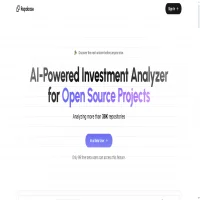

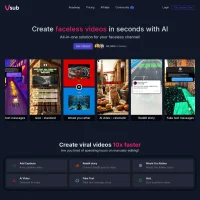

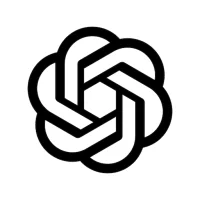
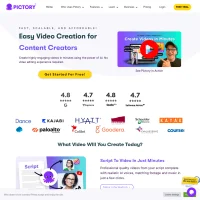

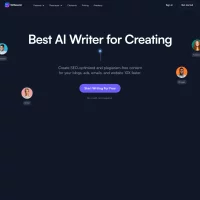

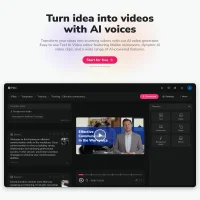
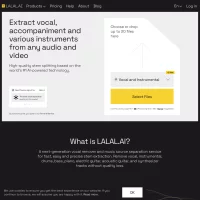


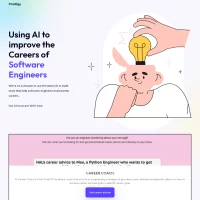


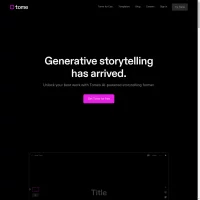
 AI Agents
AI Agents